By Cristhian Campaña
Bronx Journal Staff Writer
Picture yourself walking through a neighborhood with narrow cobblestone streets, where the houses are painted in bright colors, and the architecture takes you back to the 18th and 19th centuries.
You might think you have travelled to the past. But you are in the present, in The Peñas neighborhood of my beautiful Guayaquil (waja-kil), the largest city in my native Ecuador.
If you are planning a trip to my hometown, then it is my duty to suggest that you should visit not only The Peñas, but many other sites that make Guayaquil very special. Santa Ana Hill, Centenary Park, Seminario Park, The Cathedral, Malecón 2000, and Malecón del Salado. These are the essential places that will give you a taste of this warm and precious city. I know you will enjoy them all!
Part of the province of Guayas, located in Ecuador’s coast region, Guayaquil has a hot and generally dry climate. Its streets and plazas are garnished with beautiful tropical palms, which cool down the city’s humid and high temperature.
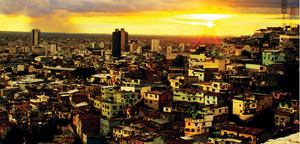
(Photo: Diego Lema)
Guayaquil has magnificent and colorful architecture; and fascinating relics, including some which date all the way back to 3000 BC. It is a destination you should consider for your next vacation!
The city’s name is based on a romantic legend involving royalty, tragedy and patriotism. According to the tale, there was an indigenous prince and his wife, his name was Guayas and her name Quil. They burned down their own village to avoid being forced into slavery, and in remembrance of that patriotic act, this port city was named Guayaquil. Since the Gulf of Guayaquil merges with the waters of the Pacific Ocean, Guayaquil is also known as “The Pearl of the Pacific.”
It is a city of diverse architecture and precious contrasts. While The Peñas neighborhood gives you an antique atmosphere, Samborondón, is also an area of colorful houses with impressive modern architecture.
Another major tourist attraction is Santa Ana Hill, which is the area where Guayaquil was born. There, you will be able to visit the outdoor museum, The Fortín of Santa Ana, which will take you back to the time when Guayaquil was continuously attacked by pirates. At the Honors Plaza, also located on Santa Ana Hill, you can see how Ecuadorians pay tribute to their patriotic symbols. Next to this plaza you will see an immaculate chapel with a mixture of architectural styles. It is known as the chapel of Santa Ana.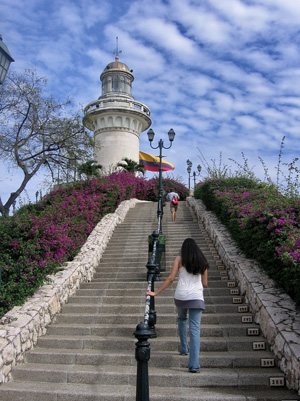
At the highest point of Santa Ana Hill there is a lighthouse, and it is open to the public. You will have to go up around 500 steps to get to the top, but it is well worth the sacrifice. From that summit, your eyes will be captivated with the breathtaking view of Guayaquil. If you go up there and forget your camera, you will probably regret it.
In the heart of the city, you will find The Centenary Park, a bustling colonial plaza. Thousands of people go through it every day. At this plaza, you will absorb some of the city’s history, as you view the monuments of heroes who fought for the independence of Guayaquil.
Not too far from there, in Seminario Park – also known as “The Iguanas’ Park” – you will not only find locals and foreigners resting and taking pictures, but hundreds of colorful iguanas that live there and are the trademark of this major plaza.
The most prominent religion in Guayaquil is Roman Catholicism. If you would like to experience some of it, just cross the street from Seminario Park and you will find yourself at the most visited church of the city, the stunning Metropolitan Cathedral, with its huge windows and beautiful semi-gothic towers.
Of course, many other faiths and religions are represented throughout the city. The Mormons have a spectacular temple of The Church of Jesus Christ of Latter-day Saints. The last time I visited Guayaquil I noticed that an enormous Buddhist temple, Yuan-Heng, was being built. I cannot wait to go back to Guayaquil to appreciate that majestic structure.
One of my favorite spots in Guayaquil is the Malecón 2000, which is a combination of shopping malls, gardens, entertainment center, children’s playground and several public squares.
For nightlife, the Malecón del Salado, adjacent to the Malecón 2000, features restaurants, bars, and nightclubs. Every time I go to Guayaquil, I try to visit a different club. But it’s hard to keep up with them all, because the Malecón del Salado is not the only sector with discotheques. You will find many more in Samborondón and La Zona Rosa, plus an infinite array of bars throughout the city.
Guayaquileños (waja-kil-en-ios), as the citizens of this city are called, are warm, friendly, kind, happy, optimistic, and always willing to help. They will make you feel welcome.
This metropolis is the largest natural port on the Pacific coast of South America, as well as a strategic port in the middle of the world.
Guayaquil’s international airport, José Joaquín de Olmedo, is considered as one of the best airports in Latin America and the Caribbean. And one of its football stadiums, Estadio Monumental Isidro Romero Carbo, is one of the world’s largest.
Even though it sounds unusual, tourists visit the General Cemetery quite often. They go there to admire the beautiful, gothic and eccentric sculptures that decorate the graves of wealthy and illustrious families of the city. So if you are ready for a creepy experience, this might be the place for you.
After not visiting Guayaquil for a long time, I made a decision to go back in 2006. There was something appealing, beyond description in the atmosphere. I found myself traveling there frequently, and I began wondering if Guayaquil only had a magnetic affect on me? But I was wrong. It’s not just me. In New York, I have met Guayaquileños and people from other countries, whom have recently visited my hometown and feel the same way I do.
The first time photographer Steve Gursey went to Ecuador, he had planned to visit different cities. However, once he arrived in Guayaquil, he decided to stay there for the entire trip. “I felt free,” Gursey said. “You can feel the freedom in its environment. It’s the only place where I’ve felt that way, and its people are very friendly.” Gursey is also a fan of El Barrio de las Peñas. “That’s my favorite type of architecture,” he said. “I liked the antique houses and the cobblestone streets.” The wonderful and refreshing beaches such as playa General Villamil, and Salinas, which are located close to the city, appeal to many tourists. Their streets are outdoor galleries, where in almost every overpass you will see stunning tile mosaics representing the fauna y flora of the city.If what appeals to you is art and culture, in Guayaquil you can enjoy museums, theaters, outdoor exhibitions, street performances and art galleries.
For athletes and sports enthusiasts, there are facilities for tennis, basketball, swimming, athletics, golf, polo, car racing, carting, cycling, motorcycling, rowing, skiing, fishing, boating, paintball, track hockey, mountain biking, skateboarding, archery, and horse races.However, soccer is Guayaquil’s passion. When the city’s two major soccer teams, Barcelona and EMELEC, play against each other, in “El Clásico del Astillero” (The Classic Shipyard), you can feel the rivalry all over the city.
Shopping malls, artisans markets, and floral markets can’t be left out. From the latest fashion outlets to the traditional craft markets, you will find what you are looking for, as well as many surprises! It is very common to see a lot of people enjoying long walks through various locations of this port. In the floral markets you, can appreciate the beauty of the flowers and plants of Ecuador, which are in big demand to be exported to different countries.
Guayaquil’s cuisine is very diverse, so you will not have a problem finding something you like. A very popular meal is rice and beans with fried beef, you’ll find this dish everywhere at anytime. International fast food chains are established throughout the city. But if you want to try something different, make sure you taste our bread made from cassava, which is usually accompanied by yogurt. It’s delicious! Since Guayaquil is a port city, seafood is a predominant component in our traditional dishes. Guayaquileños love seafood soups known as encebollado and ceviche. You can’t leave Guayaquil without trying them.
If you are considering a long stay in my hometown and you are a college student afraid to miss schools, don’t worry. That can be easily fixed! Guayaquil has the only U.S. accredited college in all of South America, Brookdale Community College, where you can earn college credits and transfer them when you return – just like a study abroad experience.
Keep in mind that because of its consistently warm temperature, Guayaquil is a city that can be visited at any time of the year. You feel good while you are there. Perhaps that’s why I feel the need to keep going back.
I may have left native Guayaquil, but Guayaquil hasn’t left me.



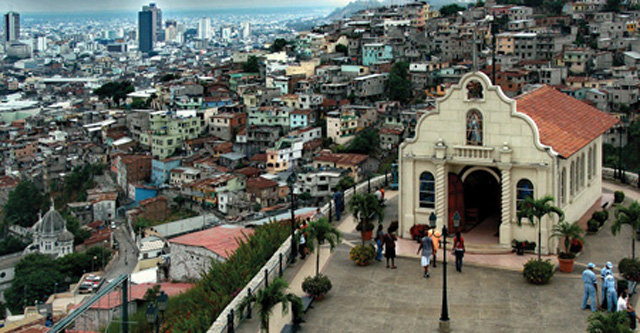
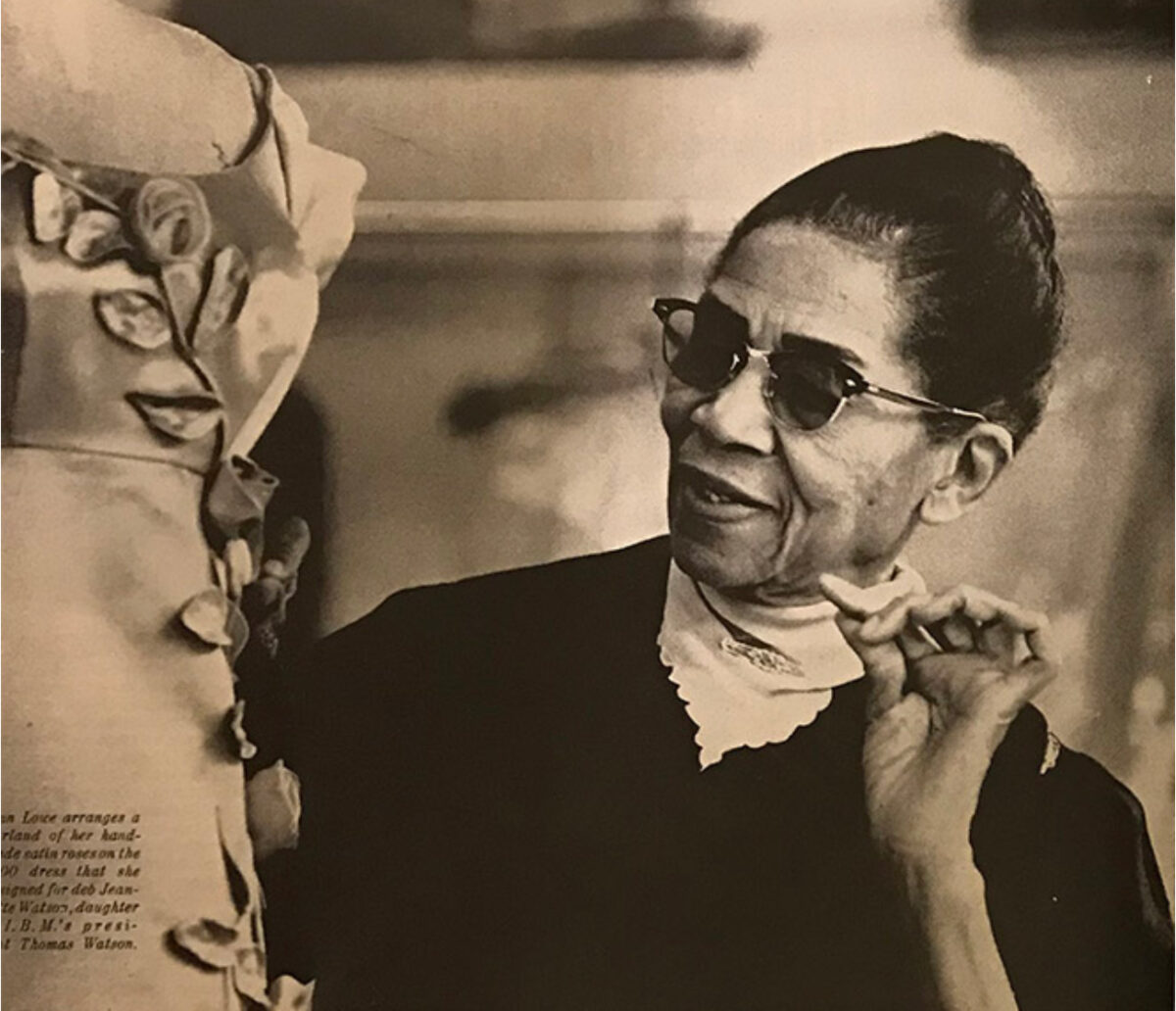
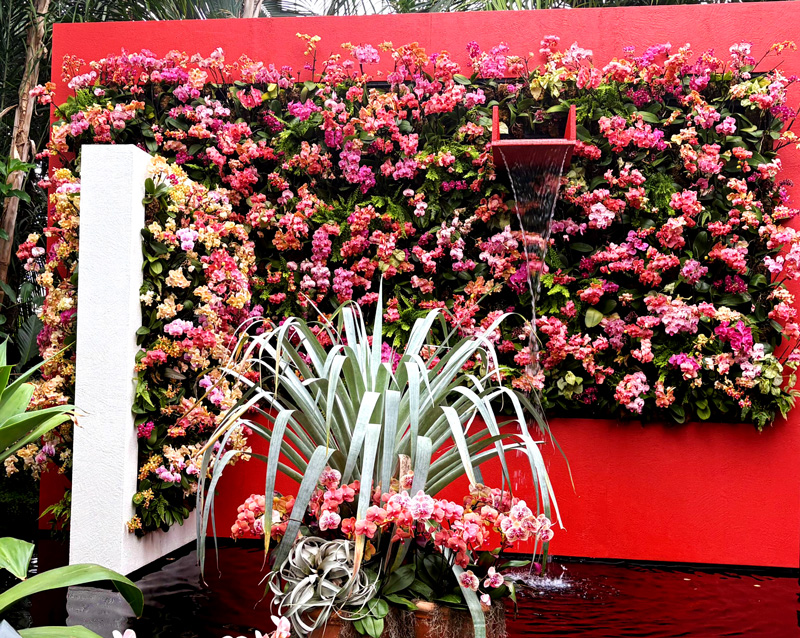
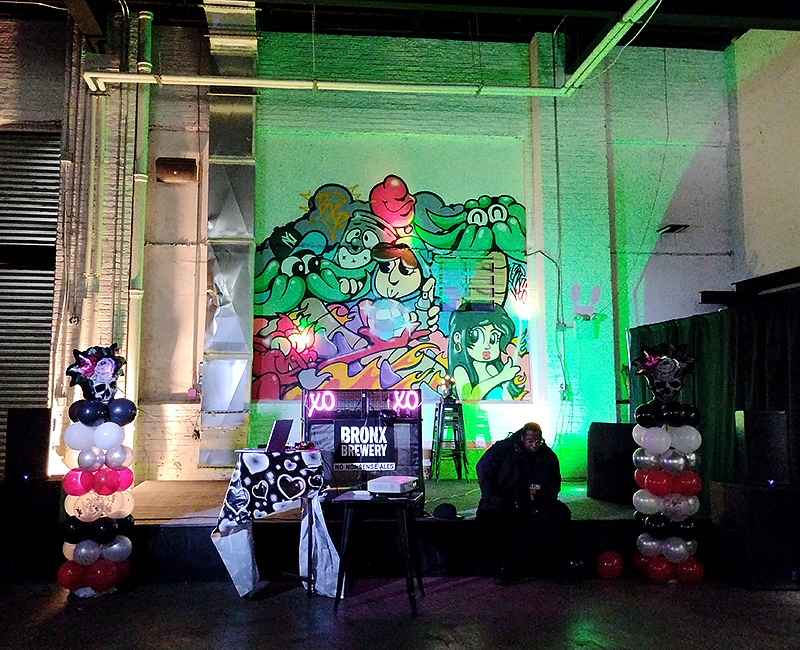

No comments